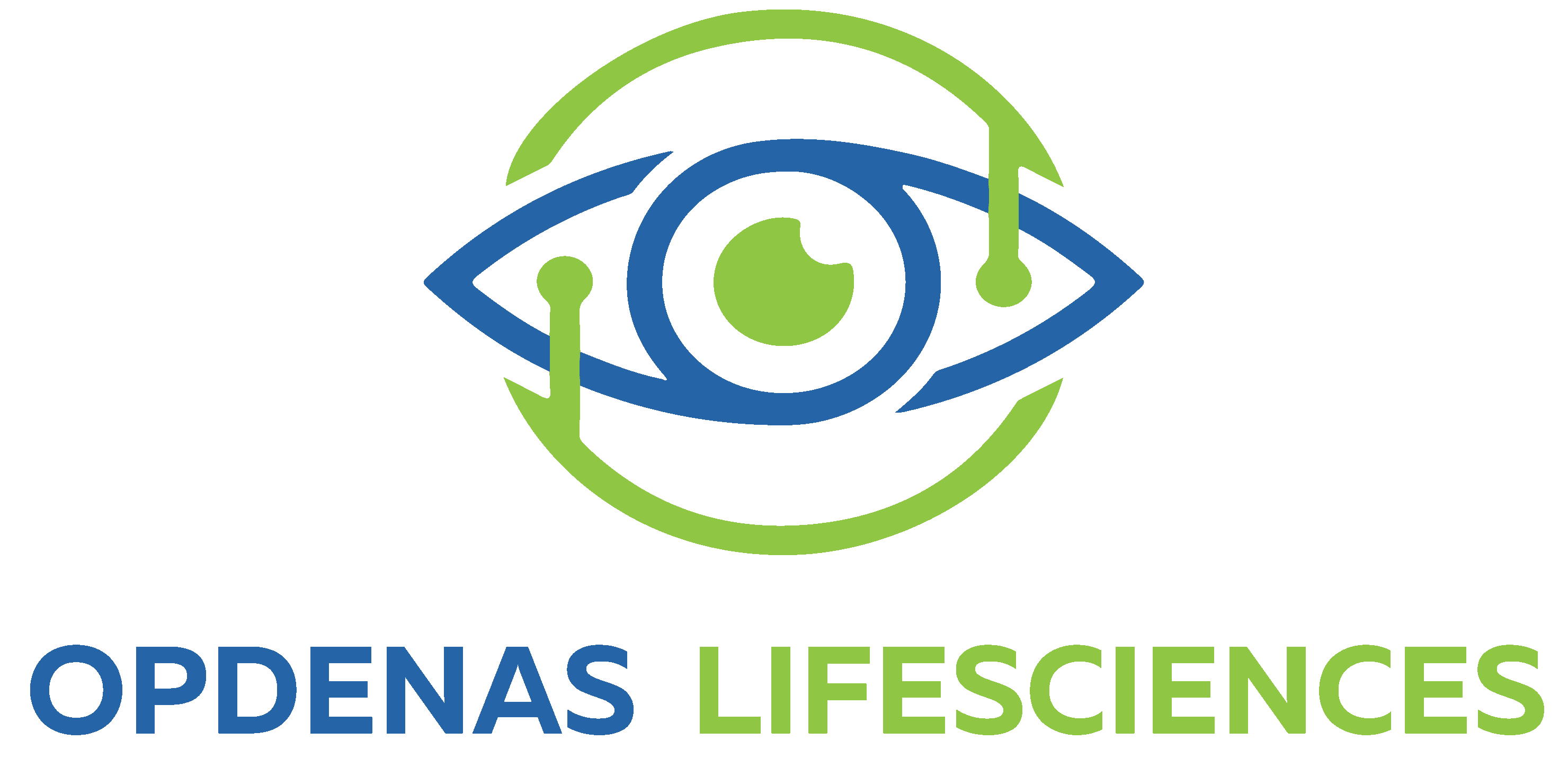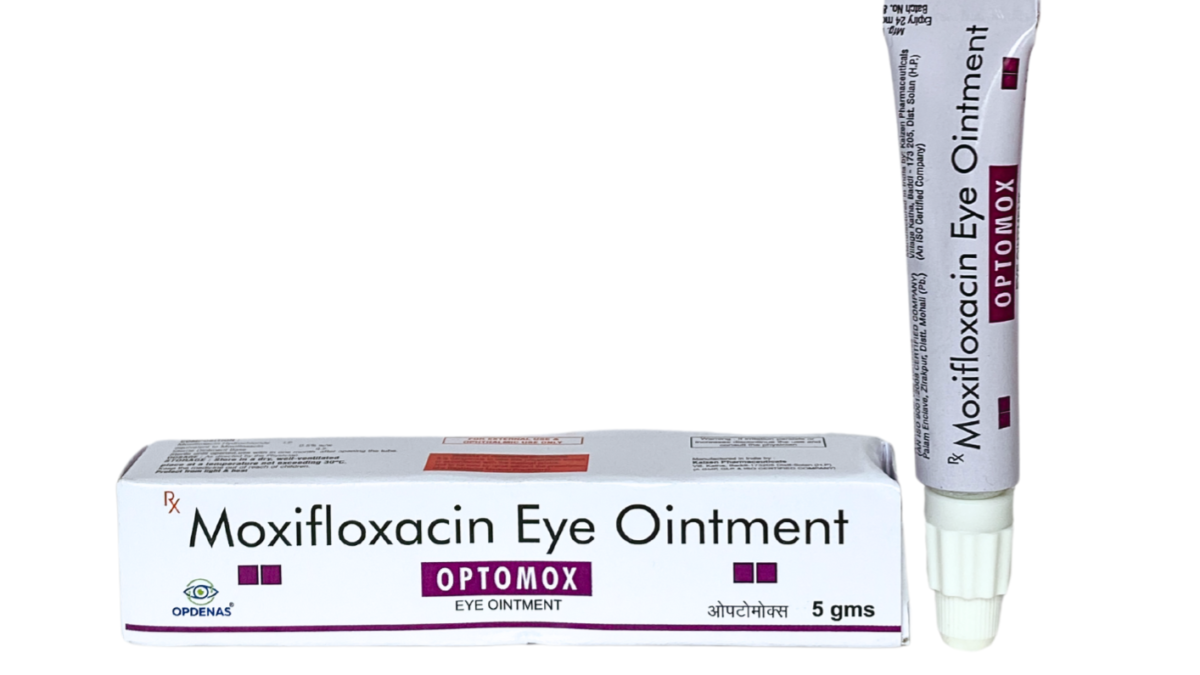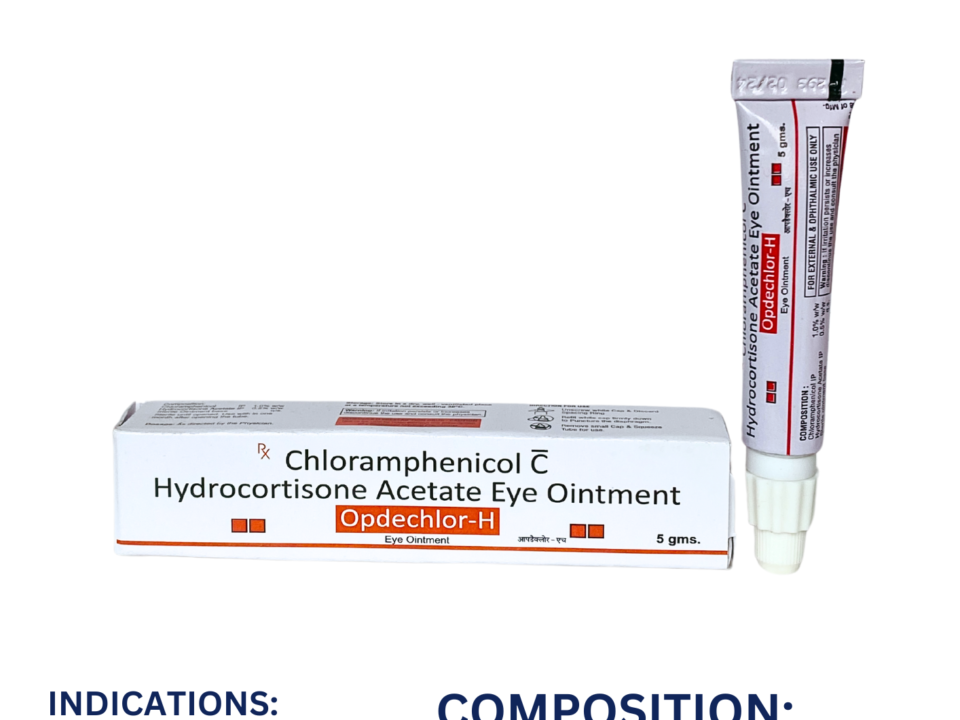OPTOMOX
Moxifloxacin Eye Ointment
OPTOMOX Eye Ointment contains Moxifloxacin, a broad-spectrum fluoroquinolone antibiotic formulated to treat bacterial eye infections. It provides long-lasting protection and targeted action against common ocular pathogens.
Key Features & Benefits
💊 Broad-spectrum antibiotic for bacterial eye infections
✅ Provides sustained drug contact due to ointment base
🌿 Reduces redness, swelling, and discharge
🛡️ Prevents infection after eye surgery or injury
📦 Sterile, easy-to-apply ointment tube
Composition (per g)
Moxifloxacin Hydrochloride – 5 mg (0.5% w/w)
Sterile ointment base – q.s.
Uses / Indications
-
Bacterial conjunctivitis (pink eye)
-
Blepharitis and other external eye infections
-
Post-operative ocular infection prevention
-
Eye infections caused by susceptible bacteria
How It Works
Moxifloxacin inhibits bacterial DNA gyrase and topoisomerase IV, preventing DNA replication and killing infection-causing bacteria.
Directions for Use
-
Apply a thin ribbon of ointment to the affected eye(s) as prescribed.
-
Wash hands before and after use.
-
Avoid touching the tube tip to any surface to maintain sterility.
Precautions & Safety Information
-
For ophthalmic use only.
-
May cause temporary blurred vision after application.
-
Avoid driving immediately after use.
-
Possible side effects: mild irritation, burning, or stinging.
-
Consult a doctor if symptoms persist or worsen.
Why Choose OPTOMOX Eye Ointment?
-
Strong antibiotic protection in ointment form
-
Longer contact time for enhanced effectiveness
-
Suitable for post-surgical and acute bacterial infections
-
Trusted fluoroquinolone formulation
FAQs
Q: What is OPTOMOX Eye Ointment used for?
A: It treats bacterial infections of the eye and helps prevent post-surgical infections.
Q: How often should I apply it?
A: Follow your doctor’s prescription, usually 2–3 times daily.
Q: Can I use it for viral eye infections?
A: No, it is effective only for bacterial infections.
Q: Does it cause blurred vision?
A: Yes, temporarily after application, but it clears soon.
Q: Is it safe for children?
A: Use only under pediatric ophthalmologist supervision.









